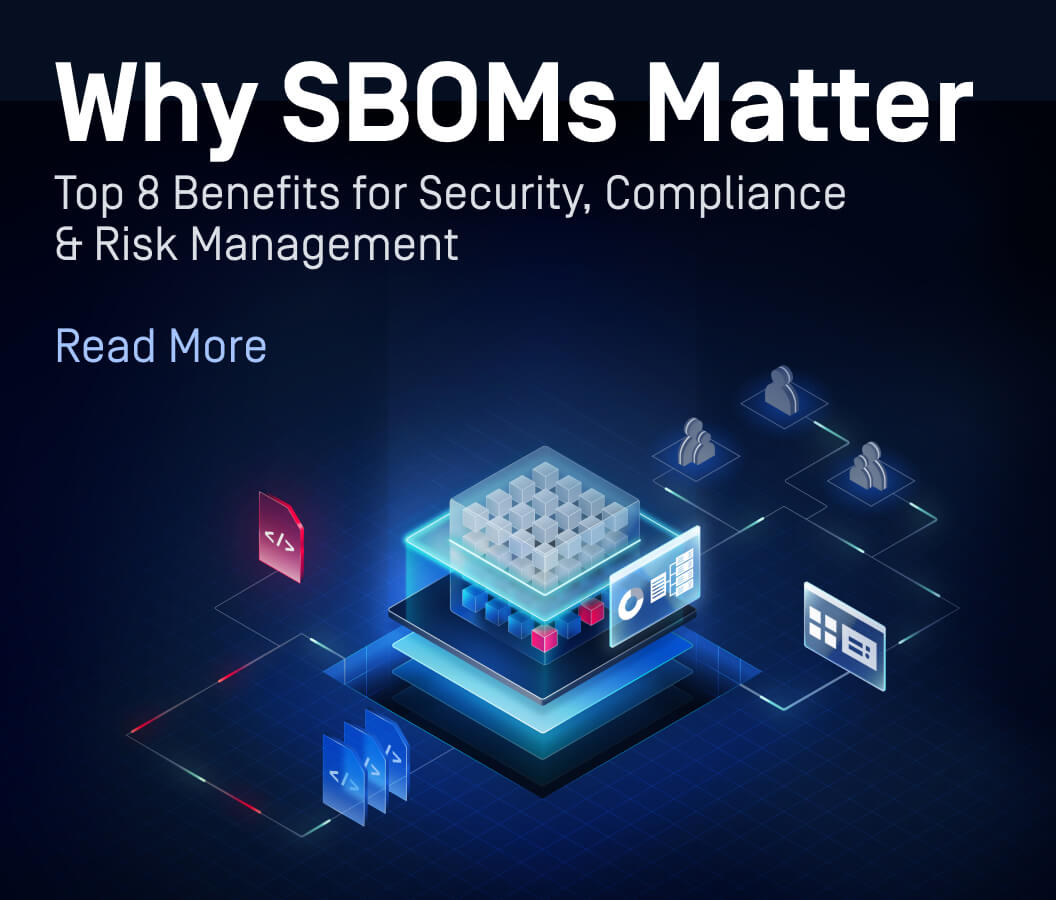ANSI/ISA
Intenational standards from the International Society of Automation for developing automated interfaces between enterprise and control systems. The objectives of ISA-95 are to provide consistent terminology that is a foundation for supplier and manufacturer communications, to provide consistent information models, and to provide consistent operations models as a foundation for clarifying application functionality and how information is to be used. It consists of five models:
- ISA-95.00.01-2000 Part 1: Models include standard terminology and object models, which can be used to decide which information should be exchanged and help to define boundaries between the enterprise systems and the control systems.
- ANSI/ISA-95.00.02-2001 Part 2: Models consists of attributes for every object that is defined in part 1. The objects and attributes of Part 2 can be used for the exchange of information between different systems, but these objects and attributes can also be used as the basis for relational databases.
- ANSI/ISA-95.00.03-2005 Part 3: Models of Manufacturing Operations Management focuses on the functions and activities at level 3 (Production / MES layer). It provides guidelines for describing and comparing the production levels of different sites in a standardized way.
- ISA-95.00.04 Object Models & Attributes Part 4 of ISA-95: This technical specification defines object models that determine which information is exchanged between MES activities (which are defined in part 3 by ISA-95). The models and attributes from part 4 are the basis for the design and the implementation of interface standards and make sure of a flexible lapse of the cooperation and information-exchange between the different MES activities. It is still under development.
- ISA-95.00.05 B2M Transactions Part 5 of ISA-95: This technical specification defines operation between office and production automations-systems, which can be used together with the object models out of part 1 & 2. The operations connect and organize the production objects and activities that are defined through earlier parts of the standard. Such operations take place on all levels within a business, but the focus of this technical specification lies on the interface between enterprise- and control systems. Based on models, the operation will be described and becomes the operation processing logically explained.
Sign up for the OPSWAT Newsletter
Get the latest OPSWAT company updates along with event information and
the news that's driving the industry forward.

